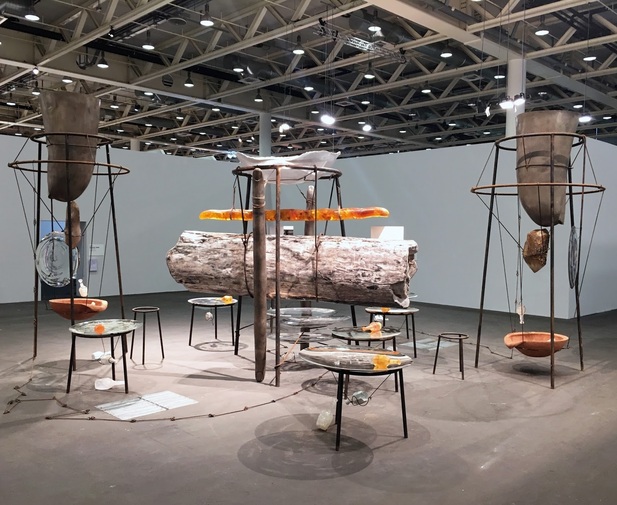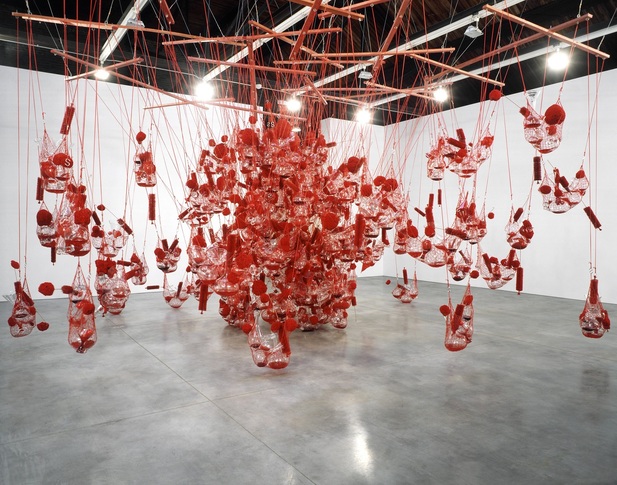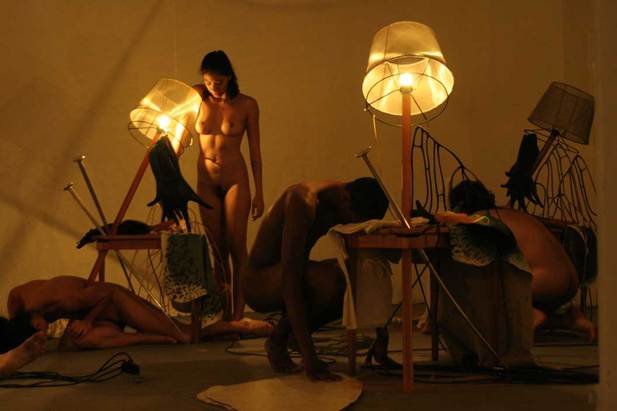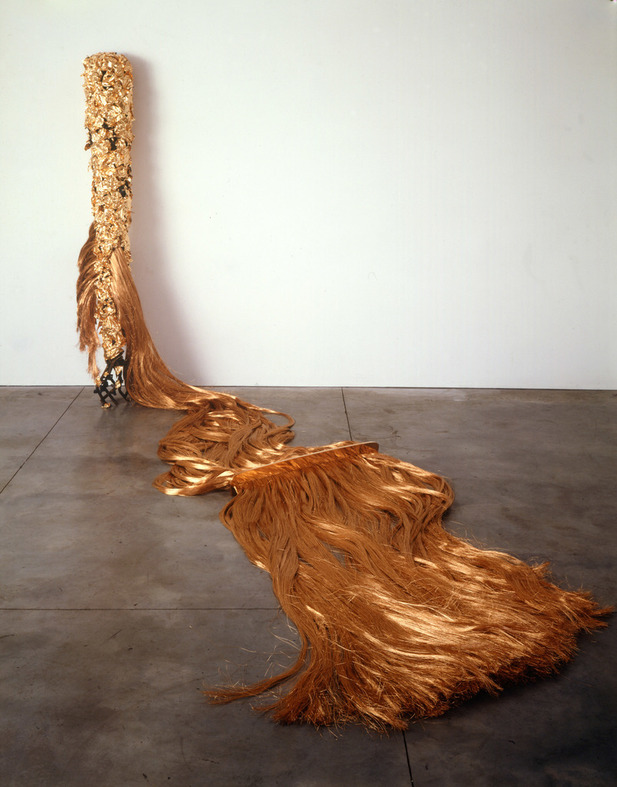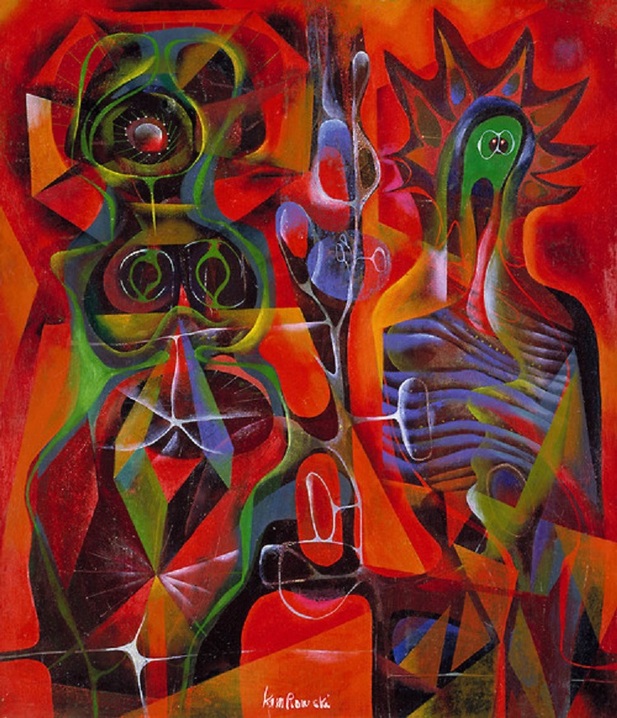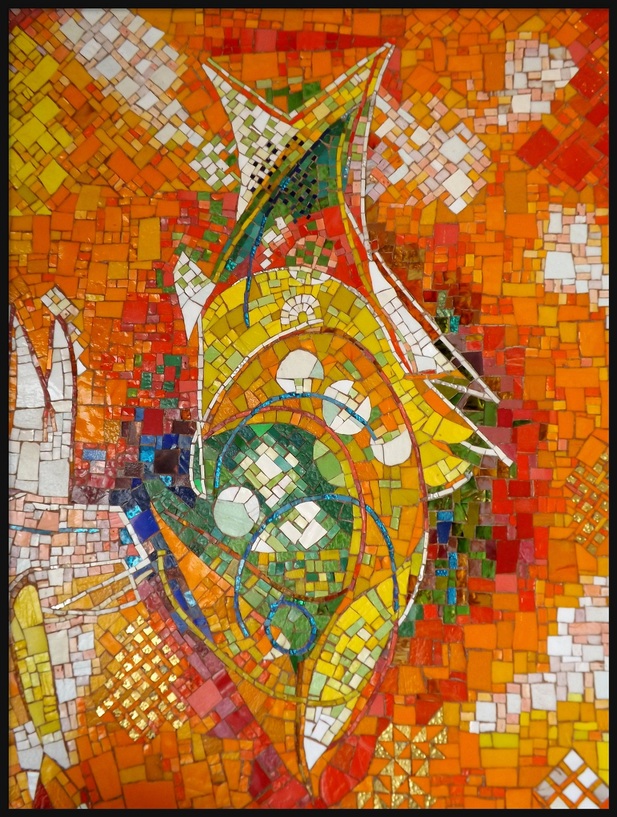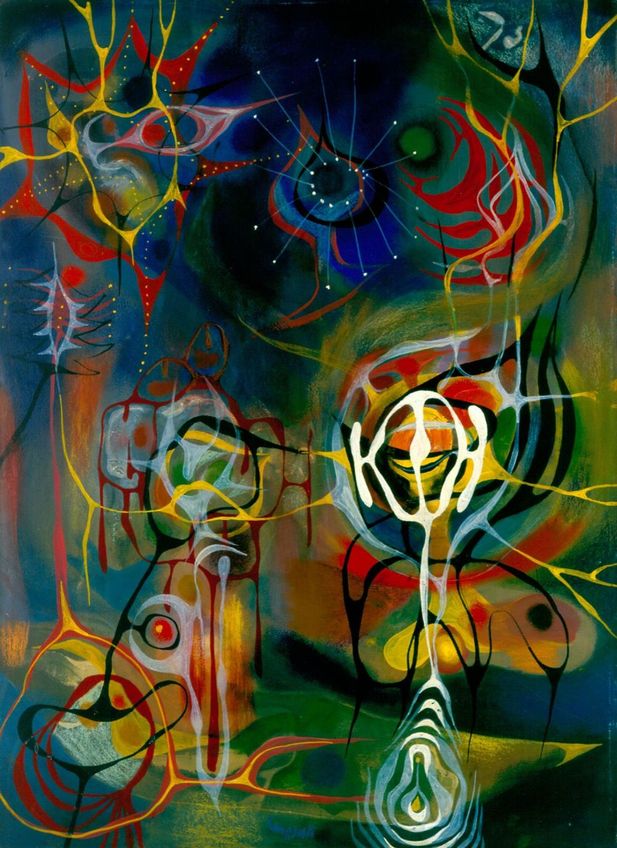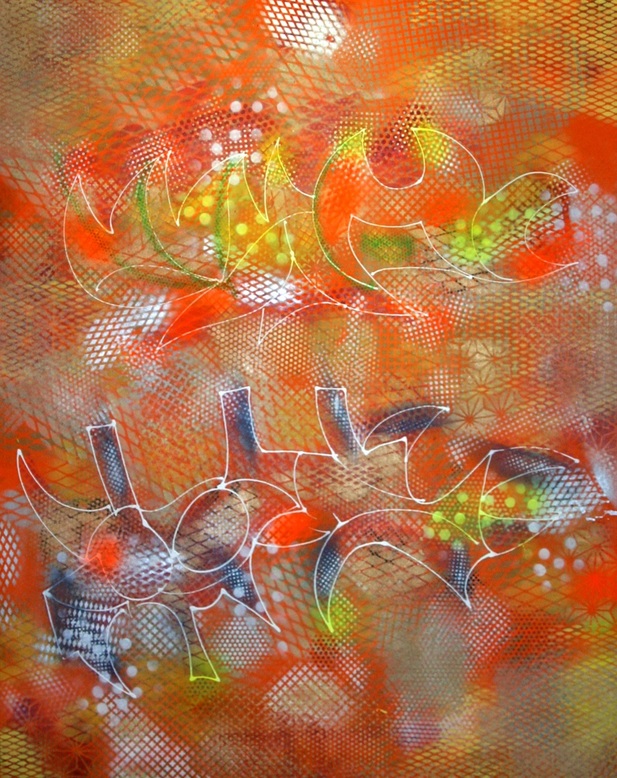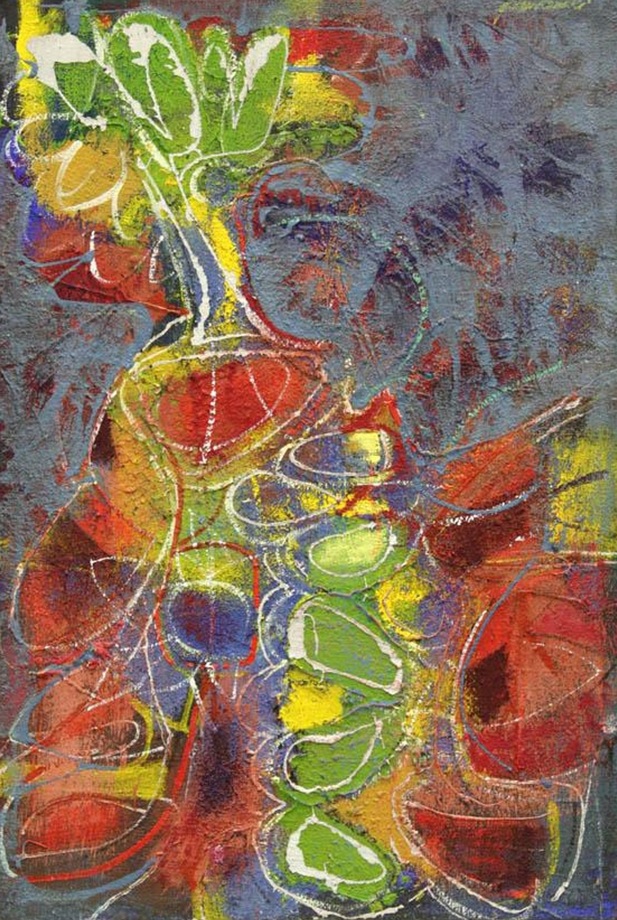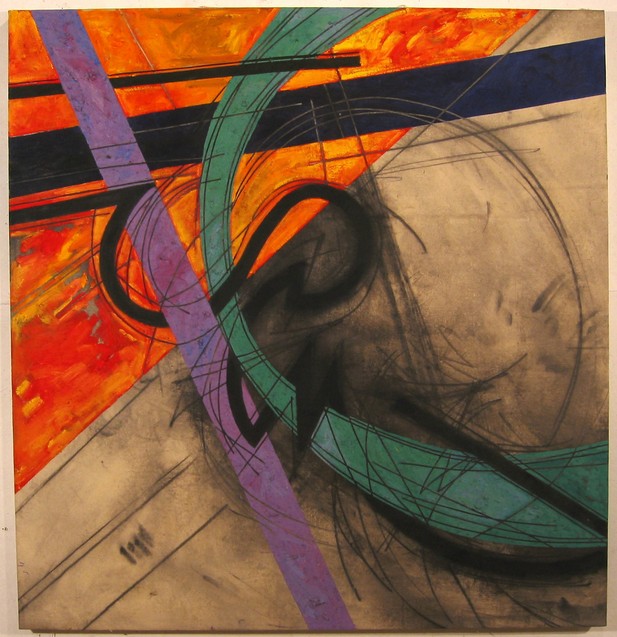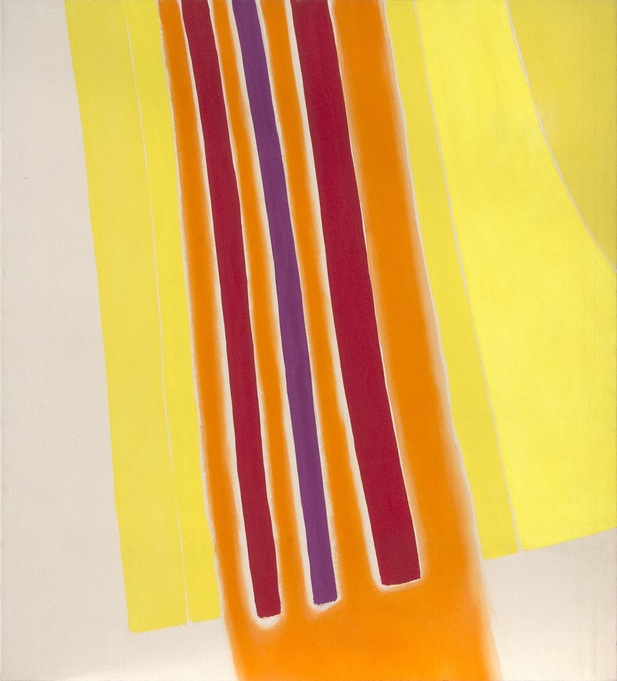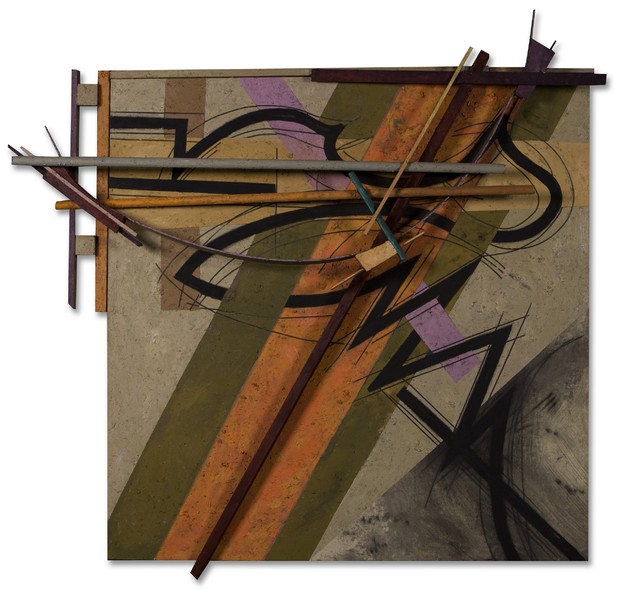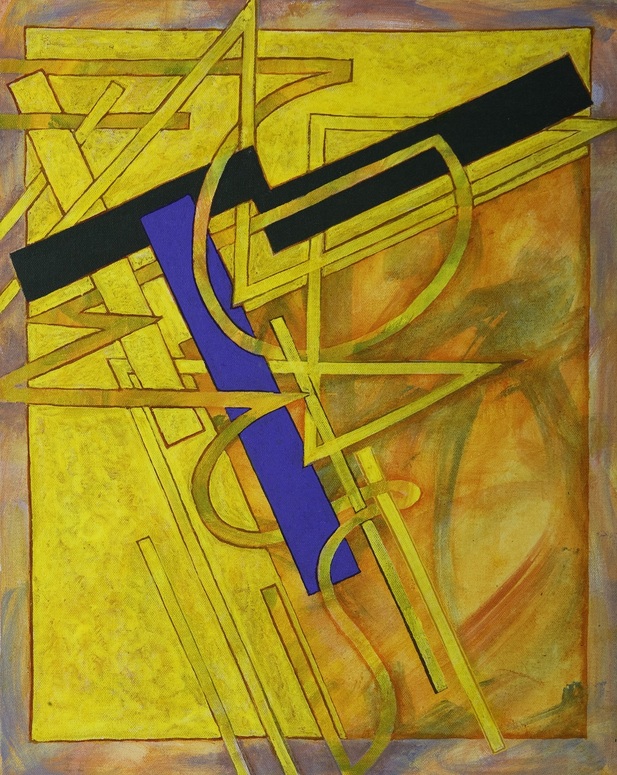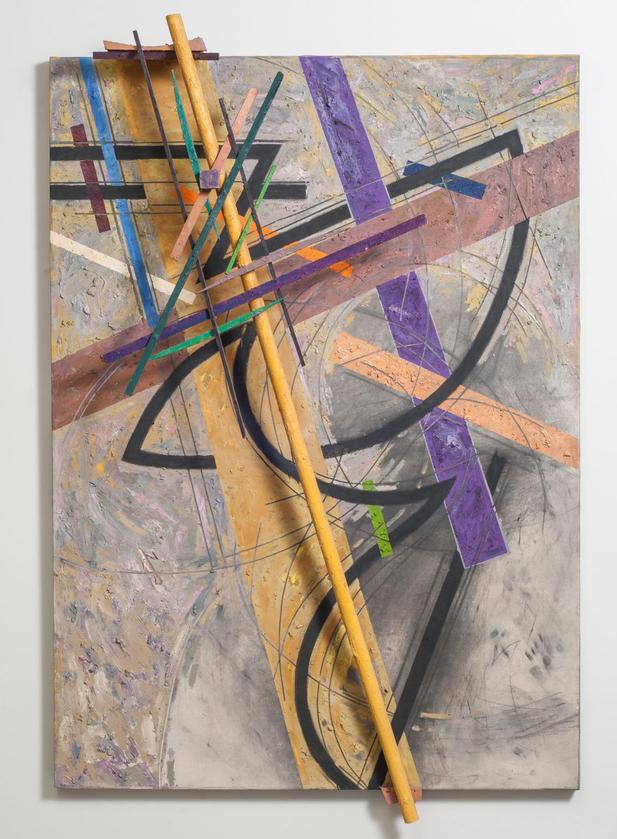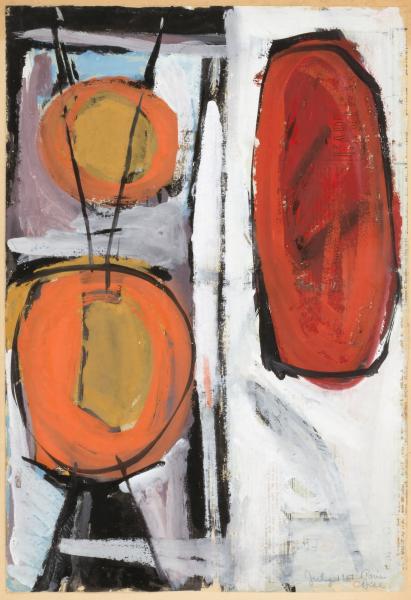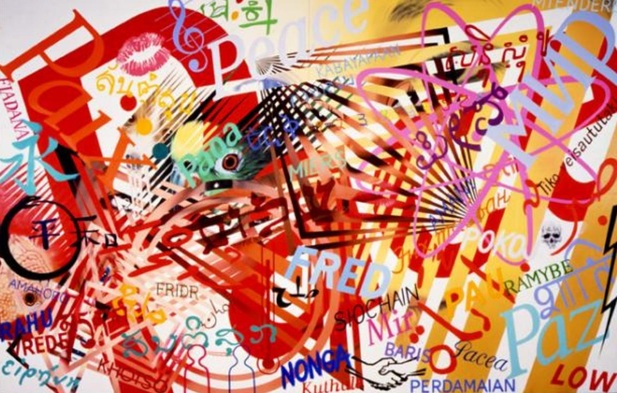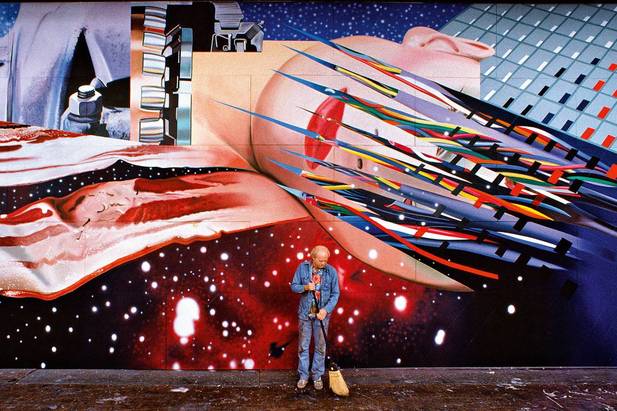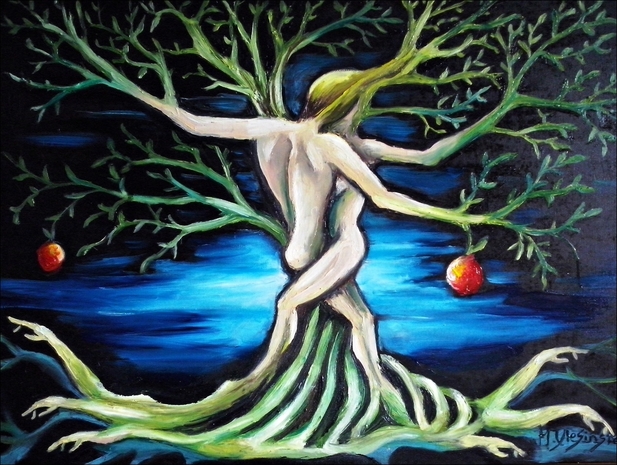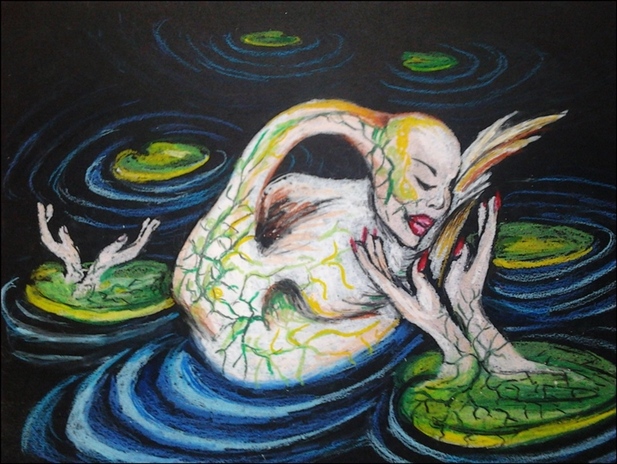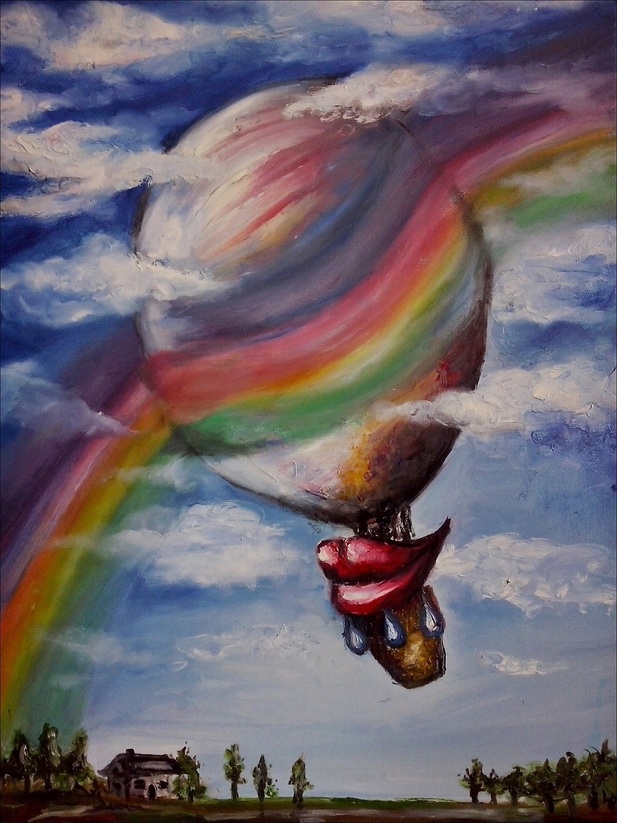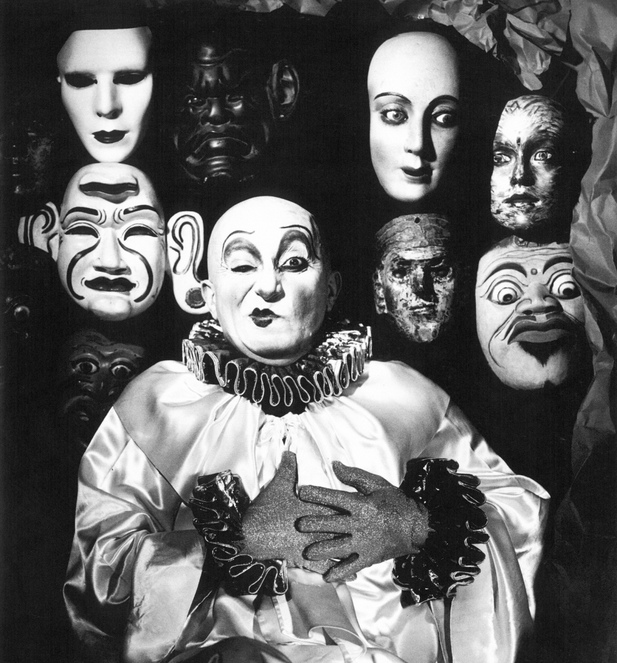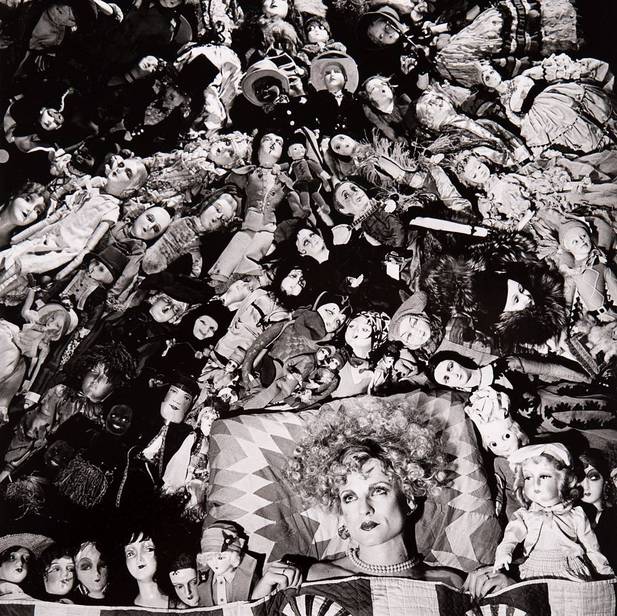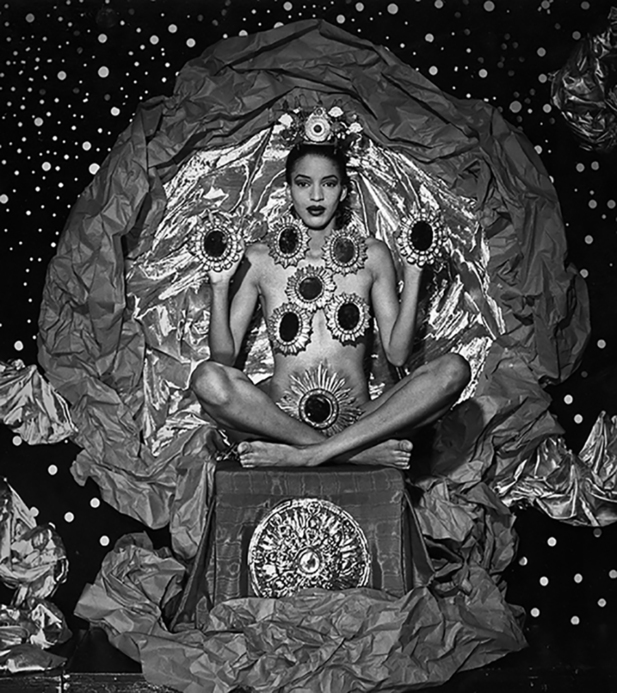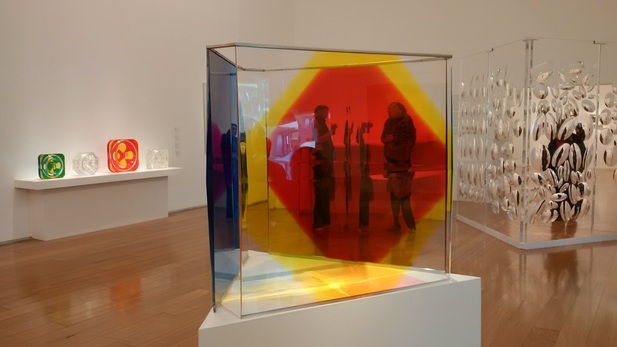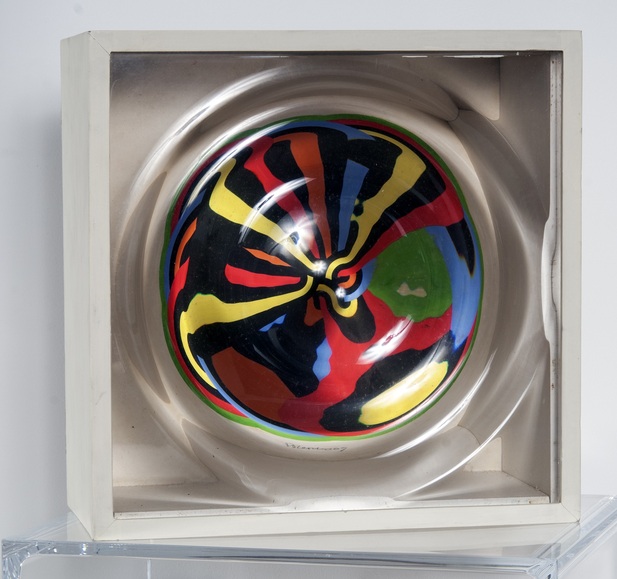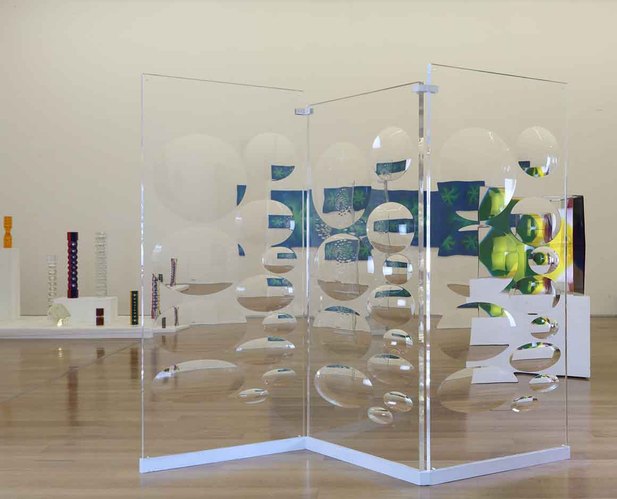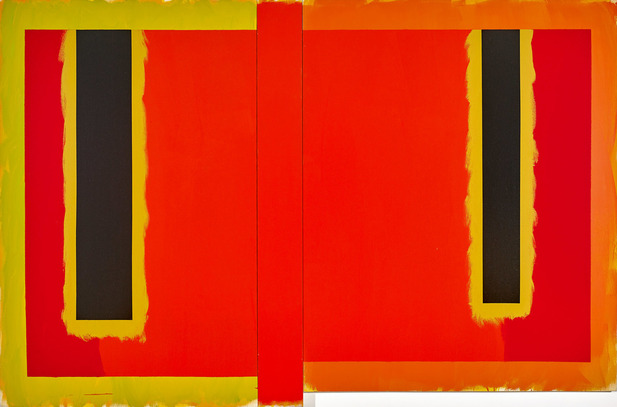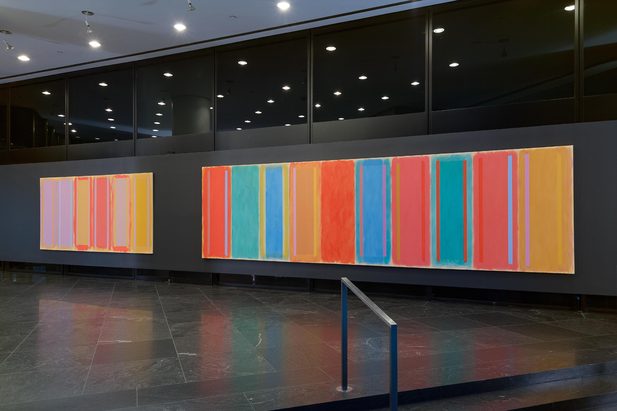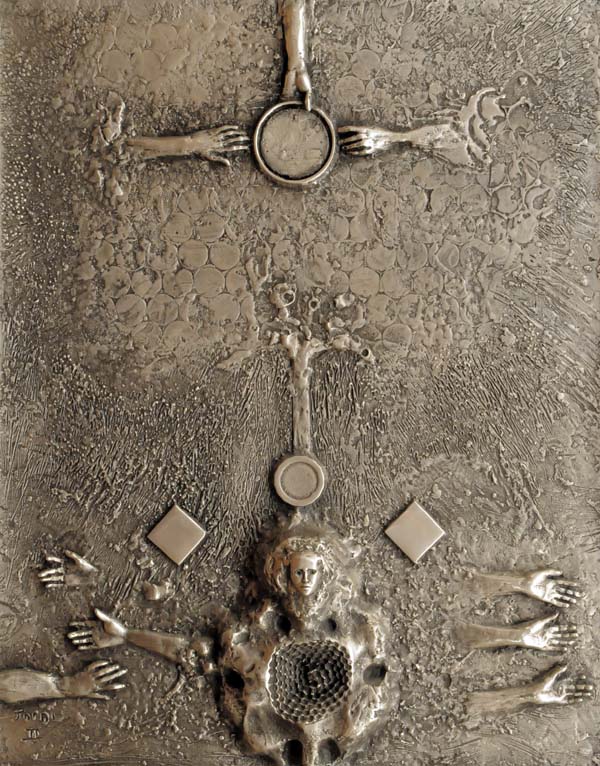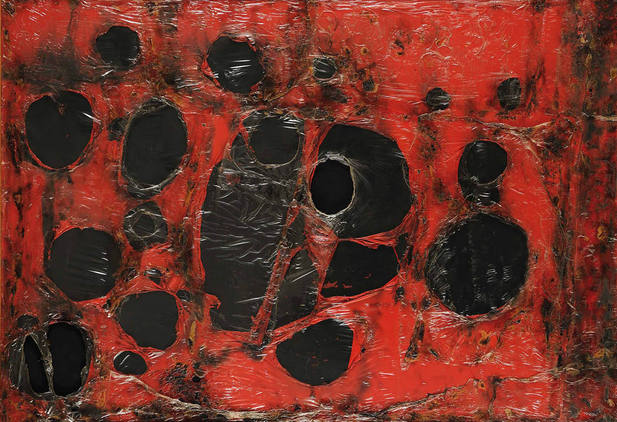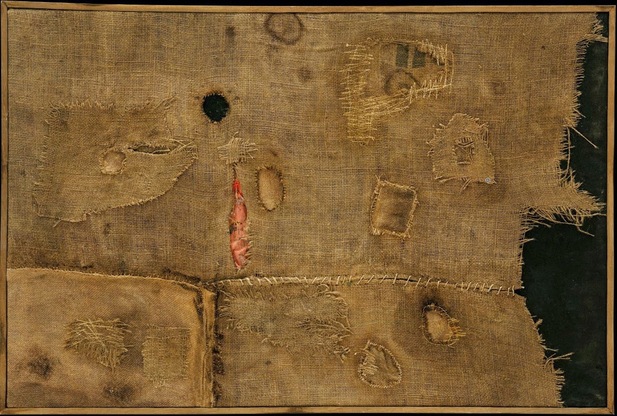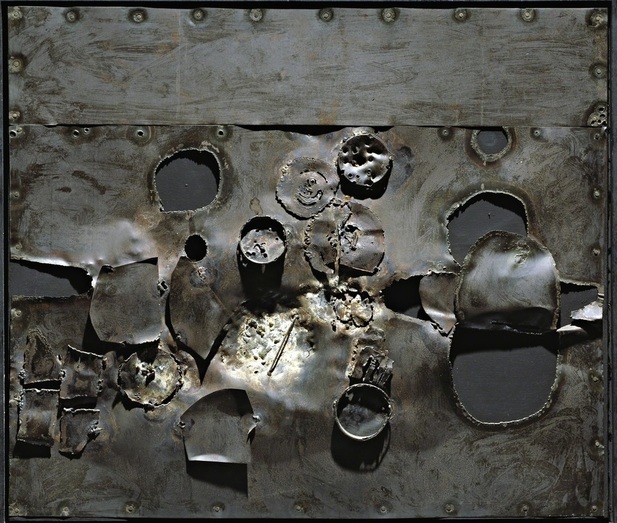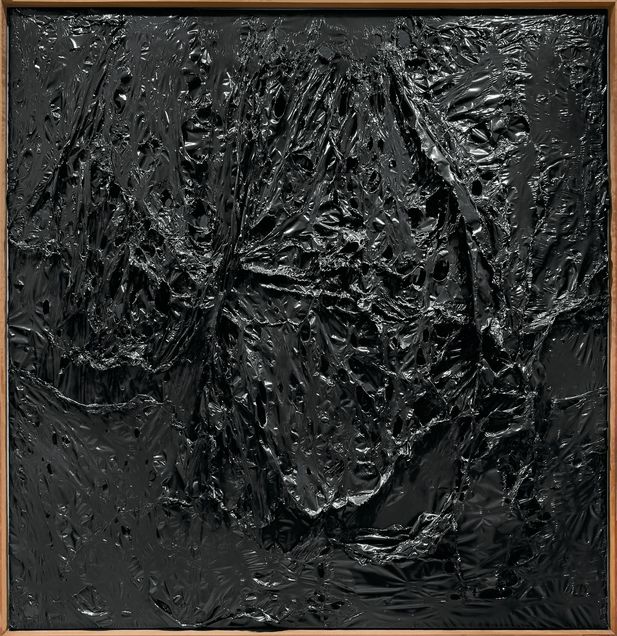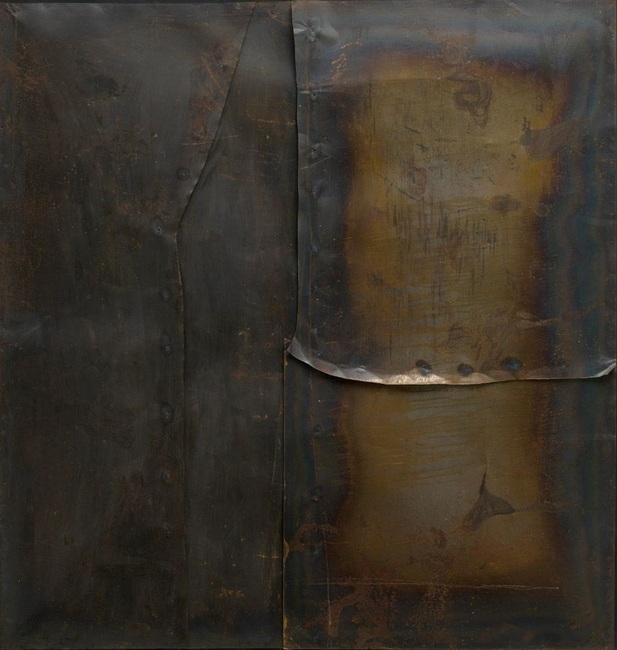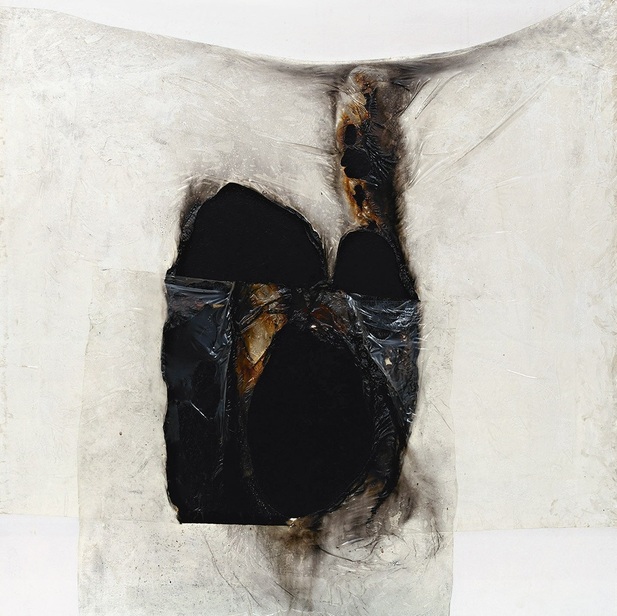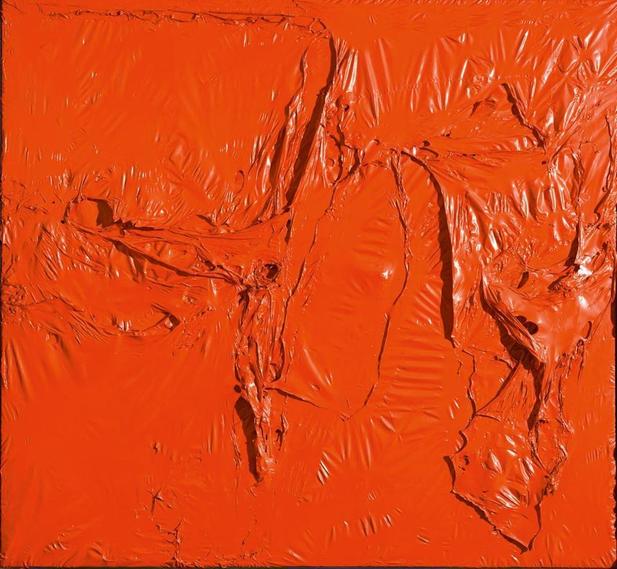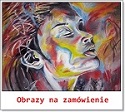Antonio José de Barros Carvalho e Mello Mourão (February 8, 1952 – June 6, 2016), known professionally as Tunga, was a Brazilian sculptor and performance artist. The Art Newspaper called him «One of Brazil's best-known contemporary artists.» In 2005, Tunga became the first contemporary artist to exhibit his work at the Louvre in the museum's history during an installation called «A la Lumiere des Deux Mondes» («The Meeting of Two Worlds»).Tunga was born in Palmares, Pernambuco, Brazil, in 1952.He died in Rio de Janeiro on June 6, 2016, at the age of 64 after battling cancer for several year«Tunga moved to Rio after living in exile with his parents in Chile during the Brazilian dictatorship — his mother was a social activist and his father the famous poet Gerardo Melo Mourão. Tunga trained as an architect but jumpstarted his visual art career at the early age of 22 with a typically daring and sensual exhibit, Museu da Masturbação Infantil (“Museum of Childhood Masturbation”), at the Museum of Modern Art in Rio de Janeiro. The exhibition consisted of abstracted and figurative drawings of genitalia and bodies titled “O Perverso (The Pervert)” or “Pensamentos (Thoughts).”While Tunga continued to make drawings throughout his career, it is his sculptures and installations that have captured attention in their unlikely yet fluid assemblages, combining lead, lamps, bones, iron, glass, hair, and liquid. “To make art is to join things,” he often said. In his works, nets spill into flasks and tubes weave through lamps, making connections between things generally seen as distinct until material boundaries dissolve.“In the aggregate of experiences, even the most banal ones, one finds a built-in poetry; this is how in washing one’s hands successive times one can consider a bar of soap a sculpture,” Tunga said in an interview.In some ways, he took after the Neoconcrete artists of Rio de Janeiro a decade earlier, particularly Hélio Oiticica and Lygia Clark, with a shared emphasis on texture, physicality, and enveloping installations. Only Tunga’s work is rougher, busier, tenser, baroque — in a positive and provocative sense. From his hanging installation in the Louvre’s Pyramid in 2005 — the museum’s first contemporary art installation — of hammocks, hair, and hanging skulls, to his installation at Inhotim of dangling glass containers seemingly filled with blood, Tunga’s constructions are often compared to alchemy experiments while also evoking and almost longing for the human body; indeed, he made a number of performance works that involve moving through and manipulating his sculptural works.While Tunga has received international acclaim, representing Brazil at the Venice Biennale as early as 1980 and exhibiting at museums like MoMA PS1 in New York, the Jeu de Paume in Paris, and Whitechapel in London, he isn’t as widely known as perhaps he should be. In revisiting images of Tunga’s dynamic installations, which seem to continually create openings for the viewer to see more and more, the artist’s words come to mind: “there is more mystery in light than in darkness, in death.”
More

